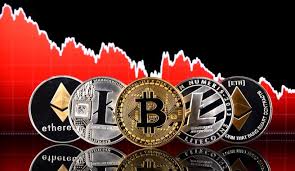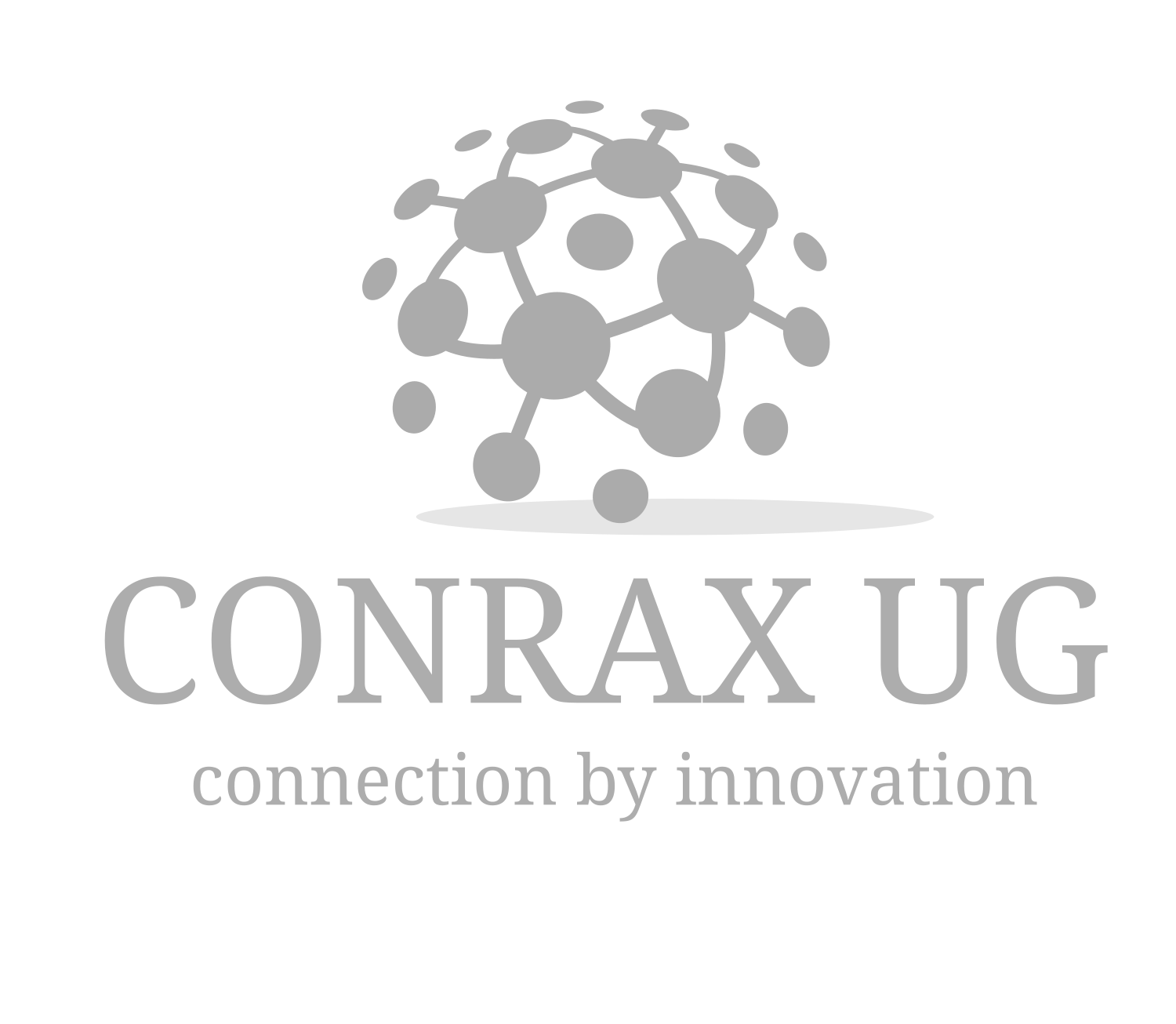Exploring the Future of Trading Automation Crypto
In the rapidly evolving world of cryptocurrency, the integration of technology has transformed the trading landscape. Trading Automation Crypto is becoming an essential aspect for investors looking to optimize their strategies and enhance their trading outcomes. For those interested in diving deeper into this subject, Trading Automation Crypto click here to explore some insightful resources.
The concept of trading automation is not new; it has been utilized in traditional financial markets for years. However, with the advent of cryptocurrencies, these automated systems have begun to take on new forms, offering unique advantages that are particularly suited to the highly volatile nature of the crypto market. Automated trading strategies can help investors capitalize on market movements with speed and precision that manual trading simply cannot match.
Understanding Trading Automation
At its core, trading automation involves the use of algorithms and software to execute trades on behalf of the investor. These systems can process vast amounts of data and execute trades in a fraction of a second, allowing traders to respond to market conditions that change in the blink of an eye. For cryptocurrency markets, which can experience extreme price fluctuations, this capability can mean the difference between a profitable trade and a significant loss.
Benefits of Trading Automation in Crypto
There are several benefits to utilizing trading automation in the cryptocurrency space. Here are some key advantages:

- Speed and Efficiency: Automated systems can analyze price trends and execute trades much faster than any single trader could. This is particularly important when dealing with cryptocurrencies, where market dynamics can shift in seconds.
- Emotion-Free Trading: One of the biggest challenges traders face is the emotional aspect of making decisions under pressure. Automated trading systems eliminate emotions from the equation, allowing for more rational and calculated decisions.
- 24/7 Market Monitoring: Cryptocurrency markets operate around the clock, meaning that opportunities can arise at any hour. Automated trading systems can monitor the market continuously, capturing opportunities that manual traders might miss.
Types of Trading Automation
There are various types of trading automation systems available to crypto traders. Here are a few common ones:
1. Algorithmic Trading Bots
Trading bots are software programs that follow a set of defined rules for entering and exiting trades. They can be customized to implement specific strategies, such as arbitrage or market making, and can operate across multiple exchanges simultaneously.
2. Copy Trading
This method allows traders to copy the trades of successful investors. It is a great option for those who may not have the time or expertise to develop their own trading strategies. Platforms that offer copy trading often provide transparency regarding the performance of traders being copied.
3. High-Frequency Trading (HFT)
High-frequency trading involves executing thousands of trades in a very short timeframe to gain small profits from incremental price changes. This requires advanced technology and infrastructure due to its fast-paced nature.
Challenges to Consider
While the advantages of trading automation are compelling, it’s important to be aware of potential challenges as well. Here are some factors to consider:
- Technical Issues: Automated trading systems are dependent on technology and, as such, are vulnerable to outages, bugs, and other technical issues that can lead to missed opportunities or unexpected losses.
- Market Conditions: While automation can execute trades efficiently, it is not infallible. Significant market changes or events can lead to unexpected market behaviors that automated systems may not handle correctly.
- Security Risks: Automated systems often involve connecting to exchanges and services that can make them vulnerable to hacking or exploitation. It’s crucial to choose reputable platforms and implement strong security measures.
Best Practices for Trading Automation
If you’re considering adopting trading automation in your crypto endeavors, here are some best practices to keep in mind:
- Start Small: Begin with a small amount of capital when testing out automated systems. This approach allows you to learn how the system works without risking a significant portion of your investment.
- Backtest Strategies: Before deploying any automated trading strategy, conduct thorough backtesting using historical data to assess how well it would have performed in different market conditions.
- Monitor Performance: Regularly review the performance of your automated trading system. Adjust strategies as necessary based on market conditions and your evolving investment goals.
- Stay Informed: Even with automated trading, it’s essential to keep up with cryptocurrency news and market trends. This knowledge can aid in making informed adjustments to your strategies.
Conclusion
Trading Automation Crypto stands at the frontier of technological advancement in the financial markets. With its ability to enhance trading efficiency, reduce emotional decision-making, and operate around the clock, it offers remarkable benefits to traders looking to navigate the complexities of the crypto landscape. However, like any investment strategy, it’s crucial to approach trading automation with caution, doing thorough research and adhering to best practices. As the crypto space continues to evolve, those who successfully integrate automated solutions into their trading will likely find themselves at a significant competitive advantage.


Add comment
Du musst angemeldet sein, um einen Kommentar abzugeben.